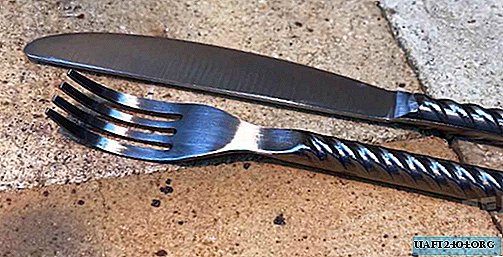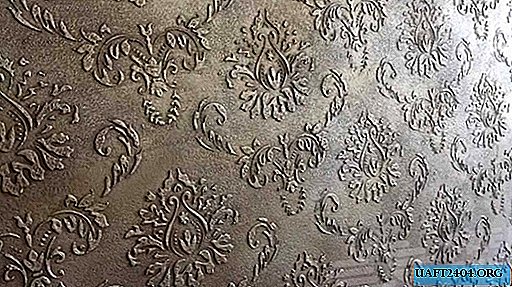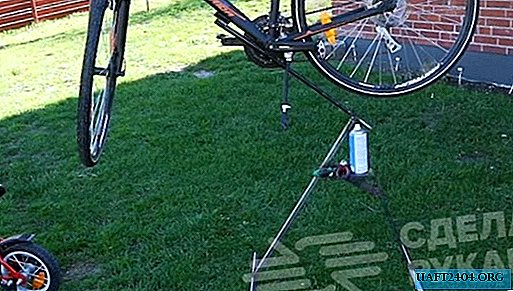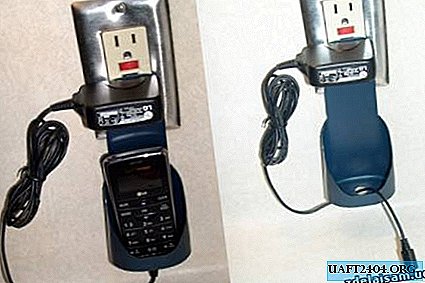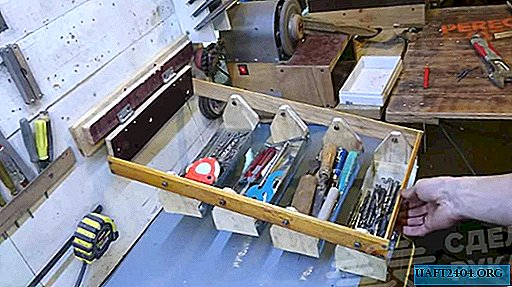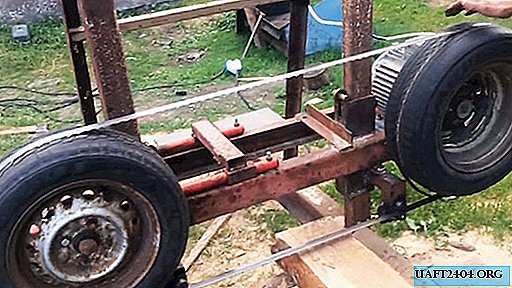Share
Pin
Tweet
Send
Share
Send
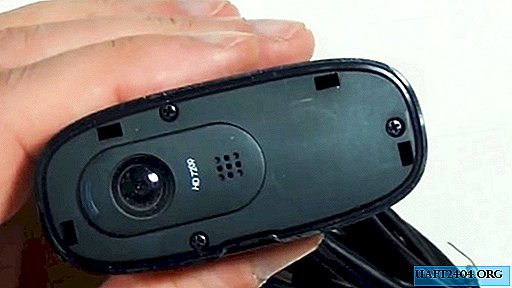
Materials:
- Webcam (//ali.pub/3j30am);
- Thin food foil;
The principle of operation of the sensor
The webcam matrix consists of photodiodes (pixels), which, when charged particles hit them, generate an electrical impulse. Such visual flashes are recorded by the camera chip. These data are analyzed by a special computer program that allows you to determine the presence and amount of emitted radioactive particles.
The camera matrix fully responds only to beta particles and a little to gamma rays. Alpha particles can hardly pass through the filter of such a sensor. The program records frames with flashes of an electronic trace of isotopes on the camera matrix for a certain time, arranges them into one photo and counts artifacts.
Converting webcams
The front housing cover is removed from the camera.

Near its lens, you need to pull out the LED to avoid flare.

The lens is unscrewed counterclockwise from the camera to open the sensor. If, due to the compound, it does not rotate, you just need to make more effort.

Instead of a lens, a piece of foil is attached to the matrix.

After laying it, the camera body is assembled back.


How to use the detector
The camera connects to a computer with the downloaded and running program "Theremino Particle Detector". In the main window of the program you need to select a webcam. After that a small window with the parameters will open. In it you need to set the settings, as in the photo. It is important to check the box next to the "Exp."
First, measure the natural background radiation. In the program, the "Start" button is pressed. The panel will start the countdown in seconds. After 1000 seconds you need to click "Stop". For the countdown period, you should refrain from using the keyboard, since the settings get lost in the program from this. Under the timer in the window of the line "Patricles" a number appears with the number of radioactive particles recorded during this time. They will be a little 10-20 pcs.
Next, close to the camera lens, you need to put an object with a probably increased radiation background. The program runs for 1000 seconds. After that, you can get results with a fixed number of particles. At the same time, a dark photo will be formed on the part of the program window that is responsible for displaying the image from the camera. It consists of superimposed frames made by the camera in 1000 seconds. If there are radiation particles, then on a black picture their flashes on the matrix will be visible in the form of light small dots. With significant radiation, the photo will look like a starry sky.
Examples of analysis of various radioactive substances
Such a detector can respond to uranium glass, which gives 210 μR / hour for α, β, and γ background.

This is a completely safe sample for humans. The device has 24 pulses from it.

When analyzing also a relatively safe thoriated electrode from a DKST lamp with a general background of β and γ 500 μR / h, the program determines 61 particles.


The active drug americium 241 from the HIS-07 smoke detector with a dangerous background of 11.3 mR / h, mainly emitting α and γ, is also detected by the camera.


It has 299 pulses.

The camera reacts to radium 226 from a luminous composition on the hands of an old wristwatch with a background of 9.17 mR / hour.


The program has 1010 pulses.
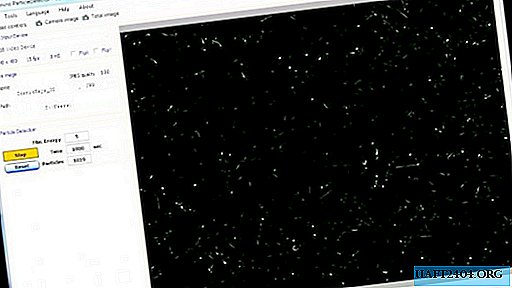
In the analysis of uranium ore with a background of 21.2 mR / h, 1486 particles are determined.


Source 1 from a Soviet smoke detector with a background of 61.3 mR / h bombarding the matrix with americium 241 and plutonium isotopes in the analysis gives out 3707 particles to the sensor.


The control source B-8 from a military dosimeter with a background of 52.8 mR / h creates flashes on the matrix 11062.



A very dangerous control source BIS-R with a background of 826 mR / hour projected a particle onto the 15271 sensor.


In fact, the sensor with the program determines how many particles flew out of the emitter and hit the matrix. This is enough to understand that the test sample is radioactive. The only drawback of the sensor is its wear. A truly radioactive sample such as BIS-R will simply ruin the matrix.
Share
Pin
Tweet
Send
Share
Send



